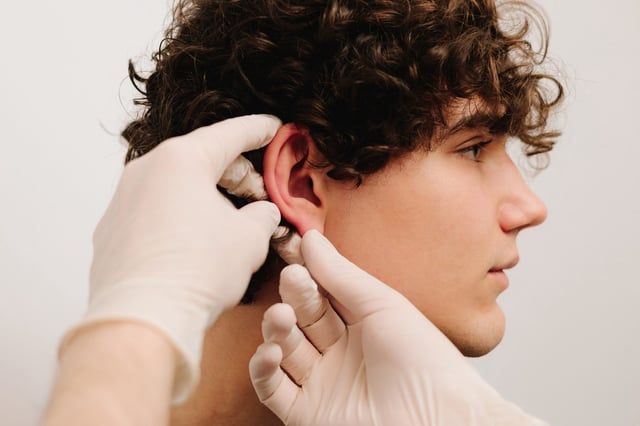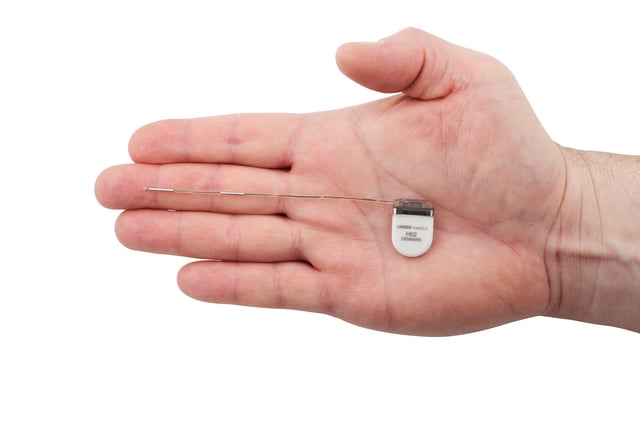Overview
- The prospective study tracked 10 adults with treatment-resistant epilepsy over 15 months, collecting almost 72,000 hours of real-world brainwave data using an AI-assisted subscalp EEG implant.
- The coin-sized device detected 754 seizures and uncovered that patients’ diaries underreported roughly half of actual events while recording 27% of non-seizure episodes.
- Participants rated the under-the-skin system as acceptable and largely unobtrusive, with half wearing it for more than 20 hours per day in home settings.
- Researchers and partners from King’s IoPPN, Mayo Clinic, and UNEEG medical call for multi-site trials and regulatory steps to confirm clinical benefits and support broader availability.
- Supported by the Epilepsy Foundation’s My Seizure Gauge Project and published in Epilepsia, the study marks a proof of concept for objective long-term epilepsy monitoring.

